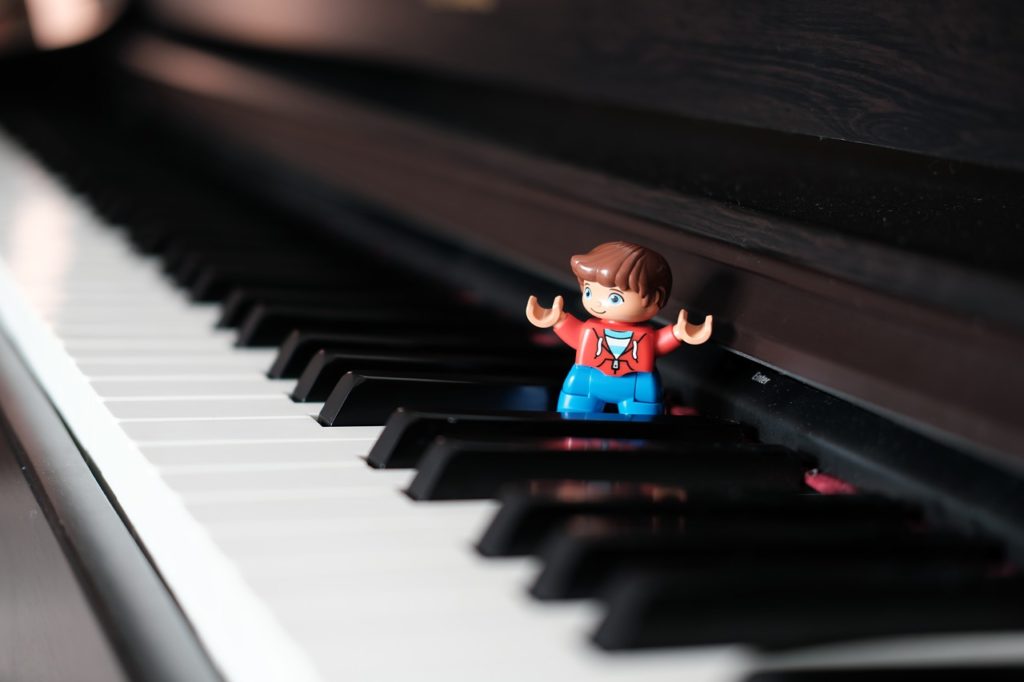Do you want to learn the secret of how to play guitar trills? Trills add excitement and flash to your playing. However, if you want to know how to master guitar trills, you must first become proficient at two other guitar techniques. Keep reading to learn what these techniques are and how to best perform them. Estimated reading time 4 minutes.
Read More

